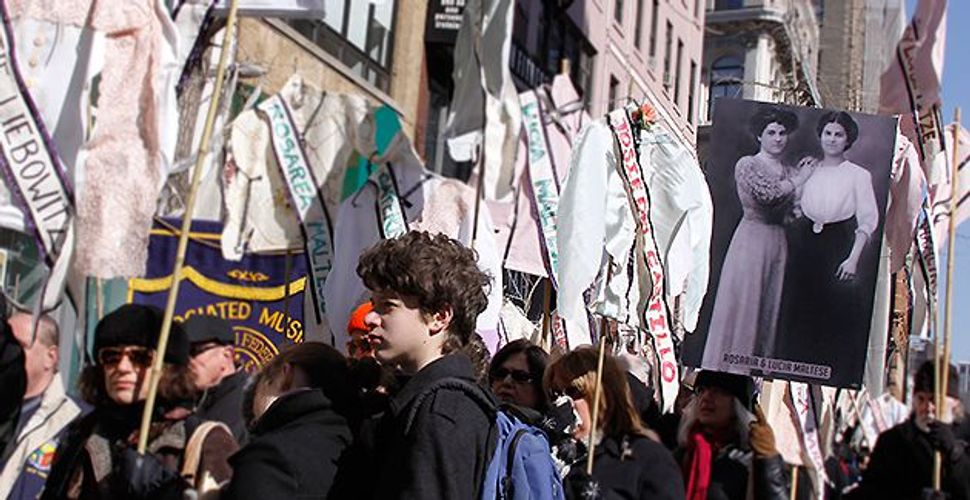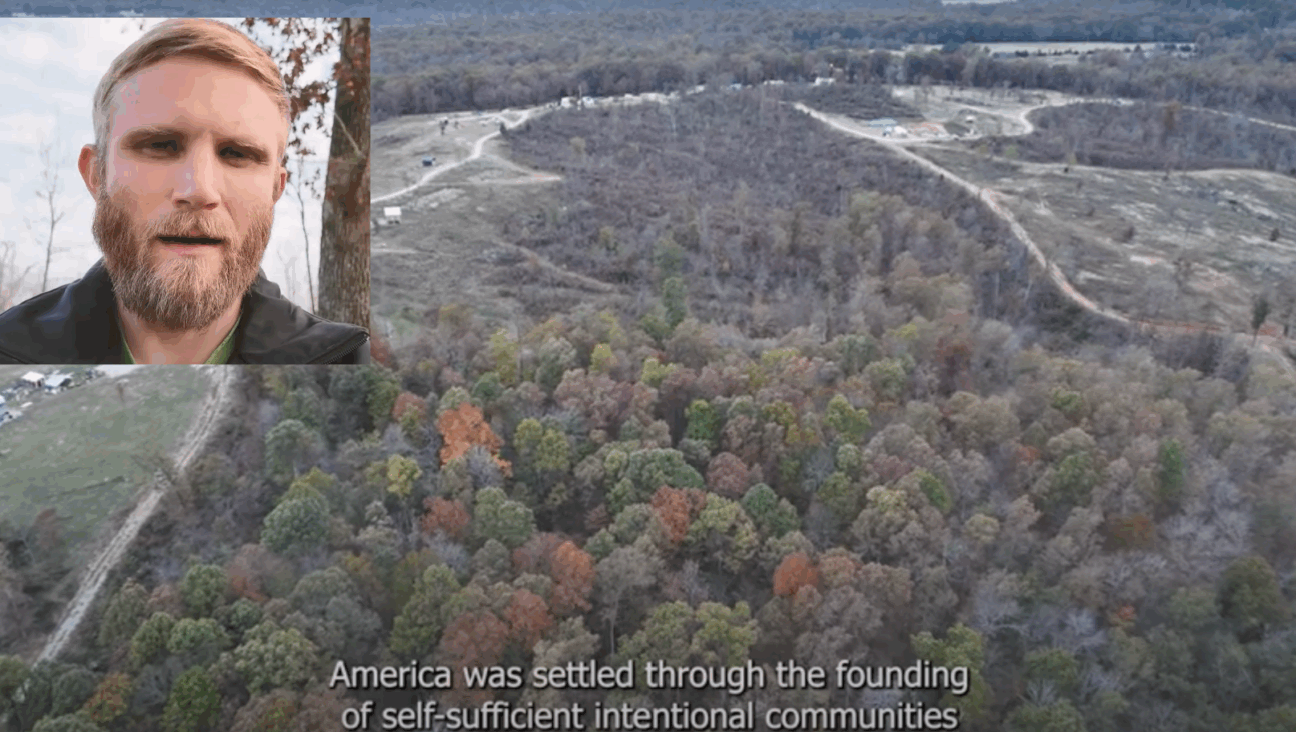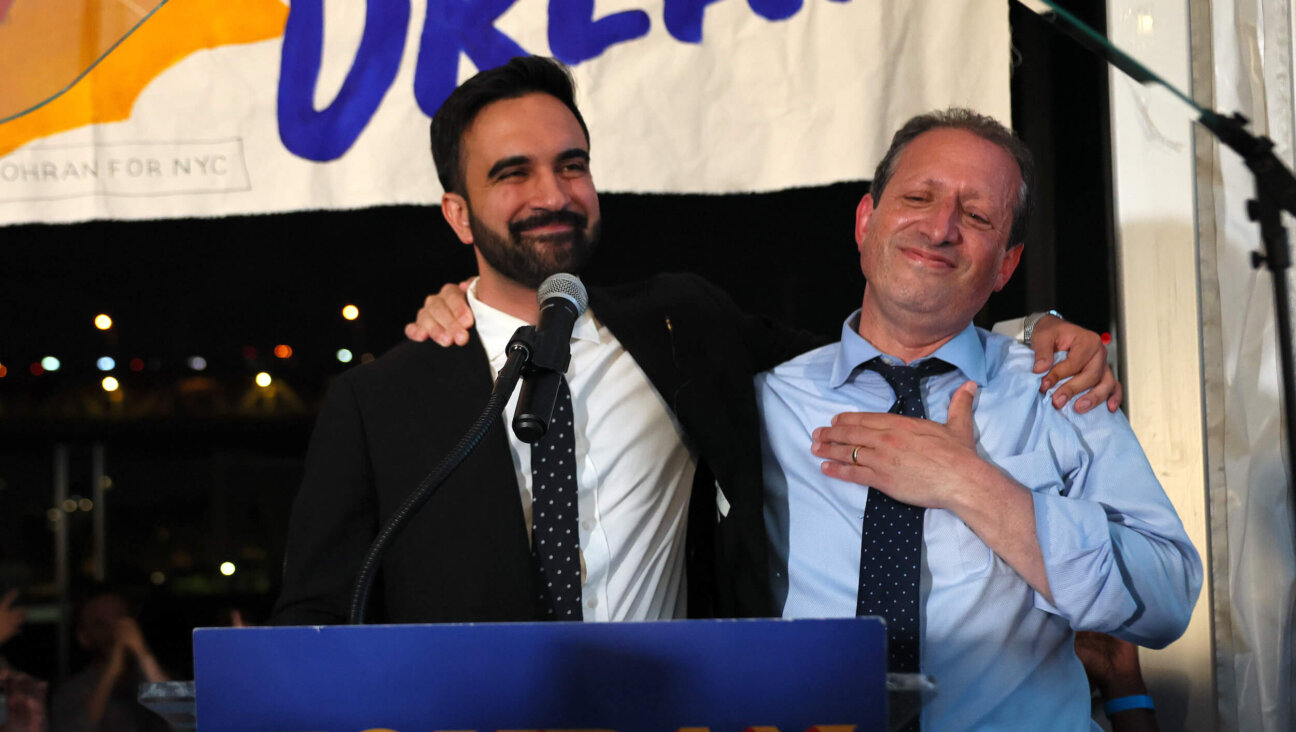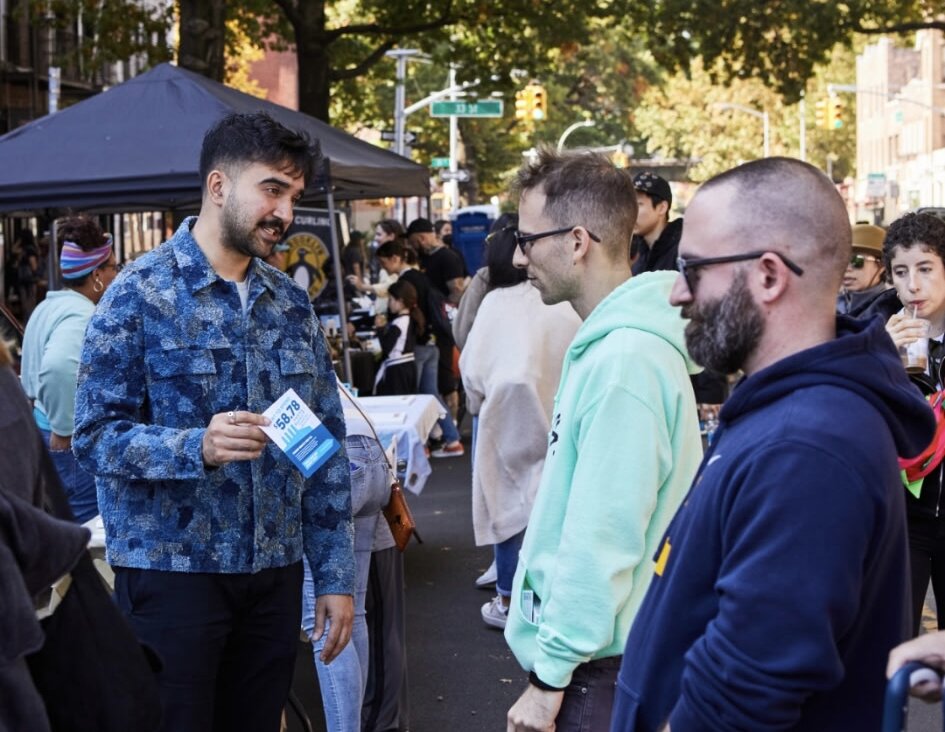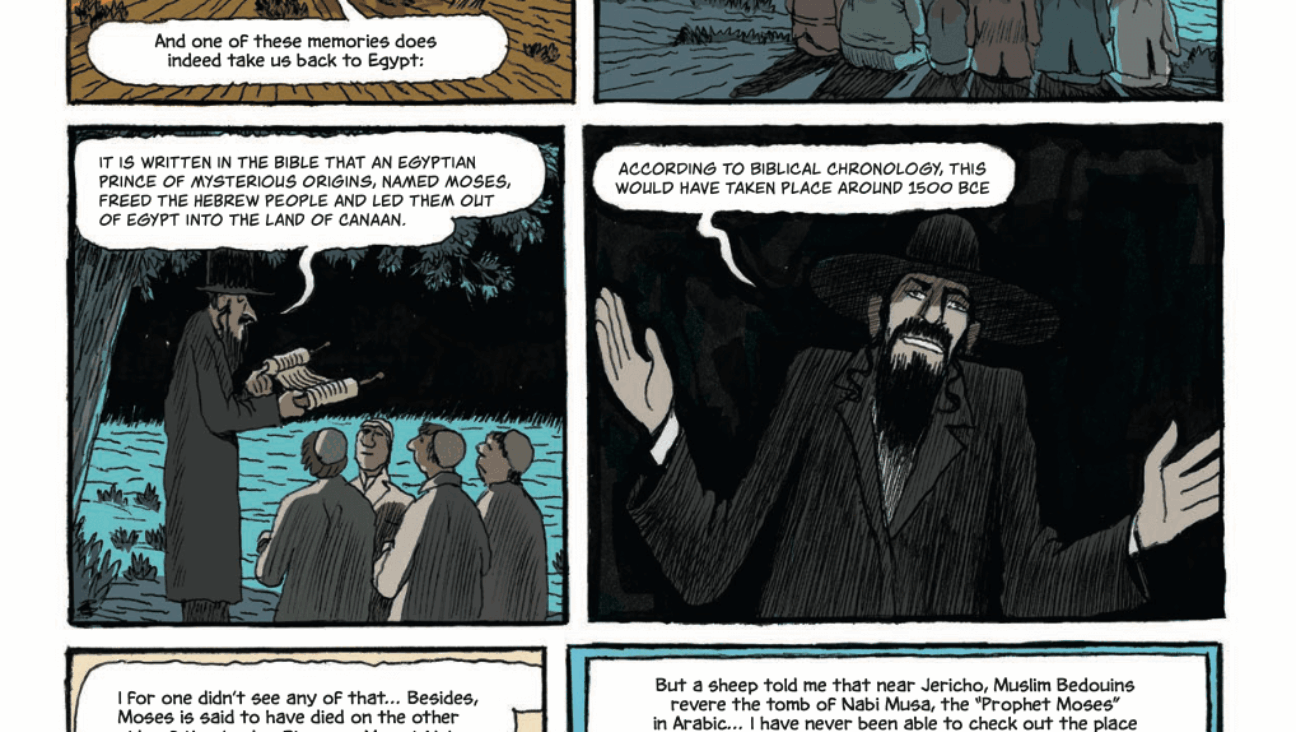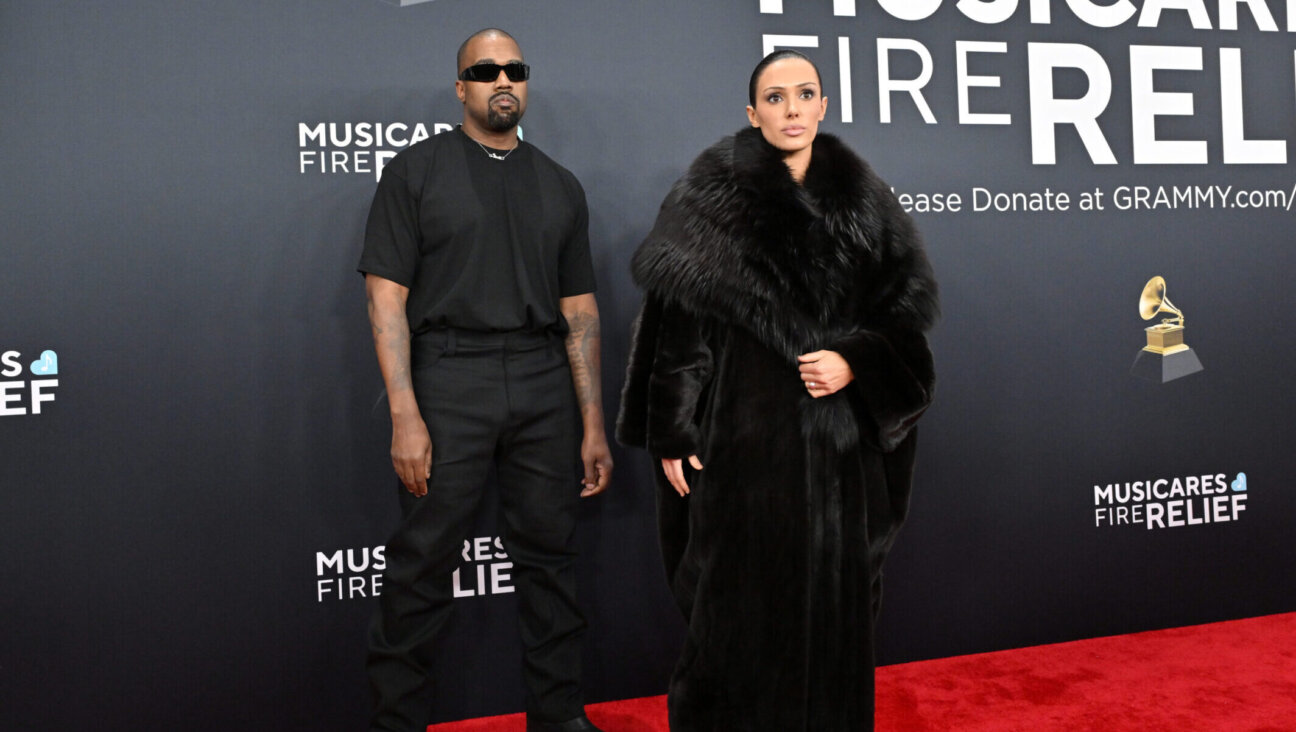Learning Her Mother’s Legacy
In September 1909, Clara Lemlich, a young woman from Ukraine, stood up in front of a crowded auditorium in New York City’s Cooper Union. After listening to lengthy speeches by union leaders who urged caution, Lemlich said that the poor pay and unsafe working conditions could go on no longer, and she called for a…




